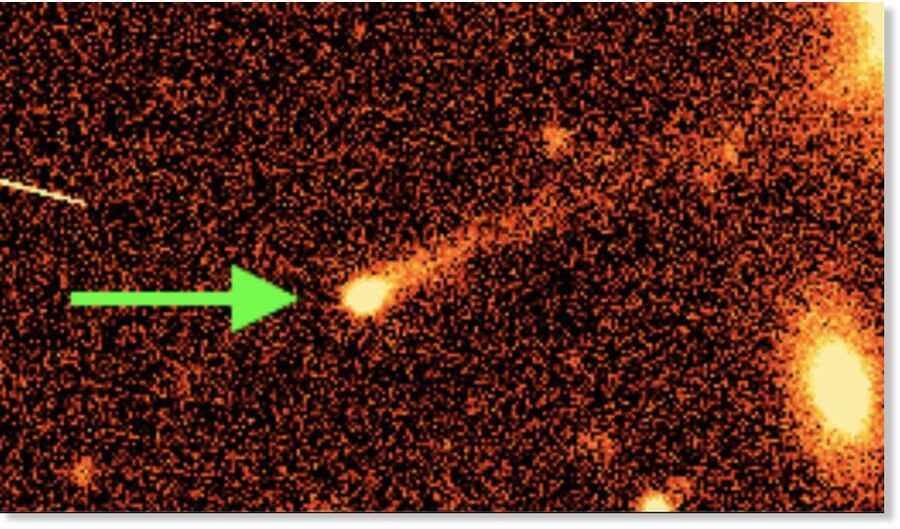
© Colin Orion Chandler/University of Washingtona comet tail coming from Asteroid 2015 VA108, one of the active asteroids spotted by volunteers from NASA’s “Active Asteroids” Citizen Science project.
Fifteen rare asteroids showcasing very unusual "active" properties
have been detected as part of an ongoing international volunteer effort to unravel the mysteries of a peculiar variety of space objects.
The asteroids were spotted amid 430,000 images during an effort comprising more than 8000 volunteers who scoured images from the Dark Energy Camera, or DECam, on Chile's Victor M. Blanco telescope.
Founded by Colin Orion Chandler, Ph.D., a University of Washington and DiRAC Institute scientist, the Active Asteroids project continues to leverage the work of volunteers in its ongoing search for asteroids possessing these unusual properties.
What makes these "active" objects so rare is that
they possess traits that blur the lines between asteroids and other kinds of celestial objects, as some of them possess tails like comets, while others are enveloped in pockets of dust or gas.
Since their first discovery in 1949,
only a few dozen of the rare asteroids have ever been discovered.
According to NASA, the properties these objects display challenge our conventional ideas about objects in the solar system, and present opportunities for new insights about the behavior and origins of these rare "active" asteroids.
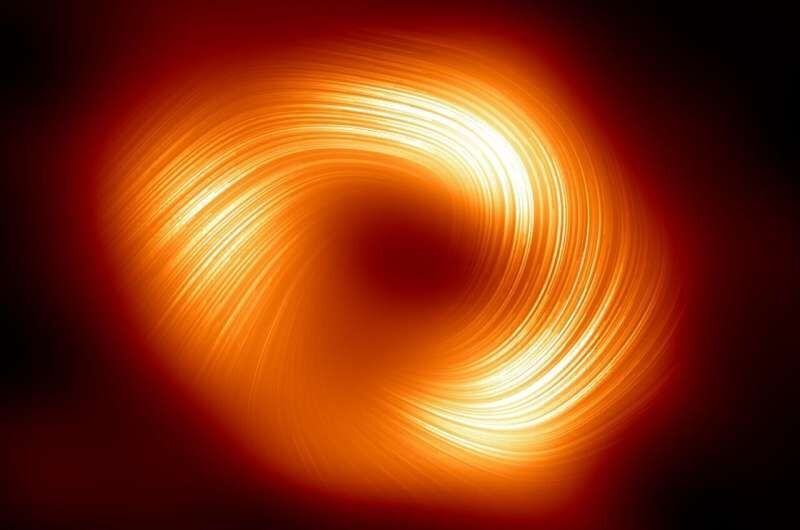


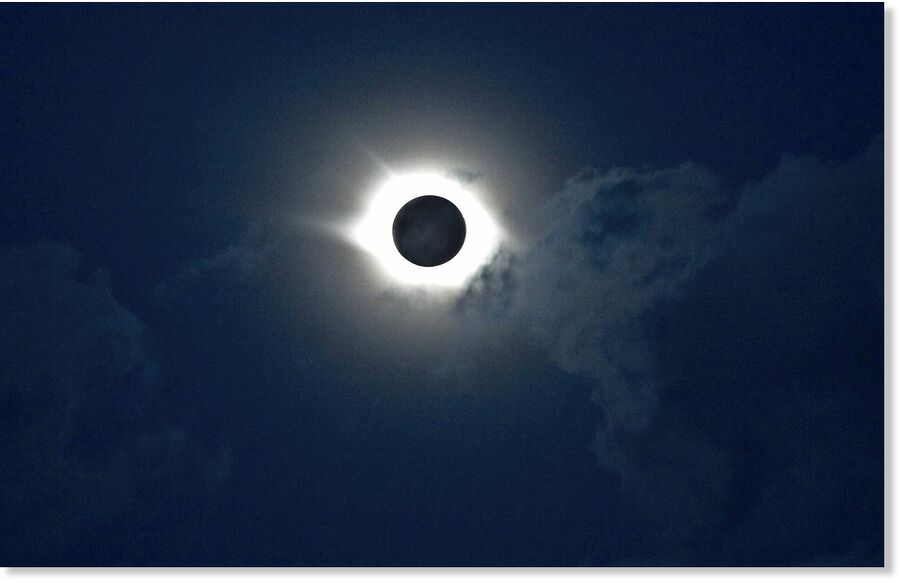

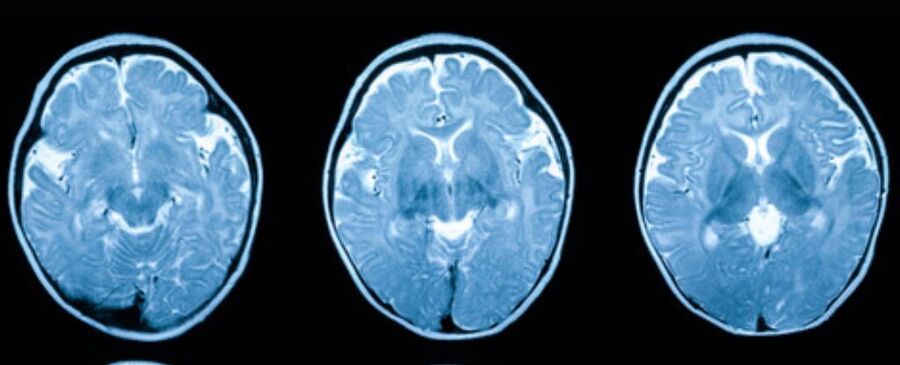


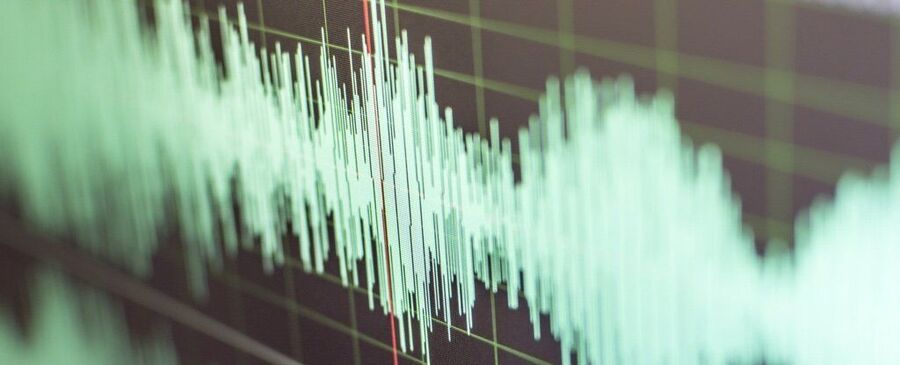
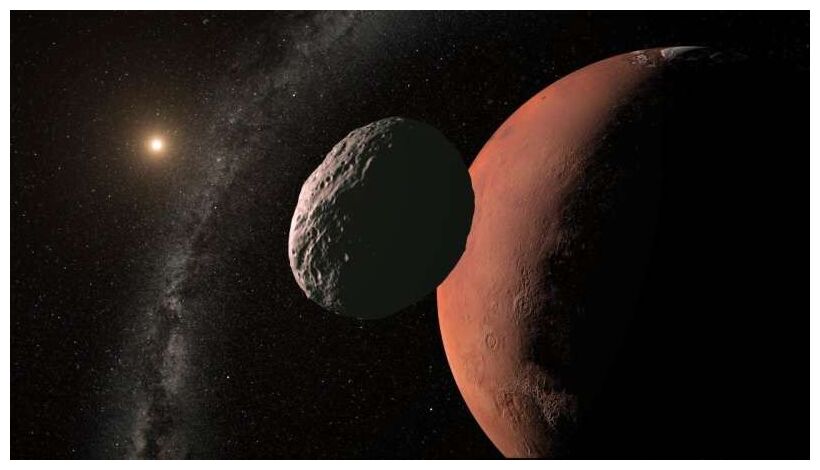



Comment: See also: Confirmed: The Eye Emits Actual Light (Biophotons)